Miu Miu M/Marbles
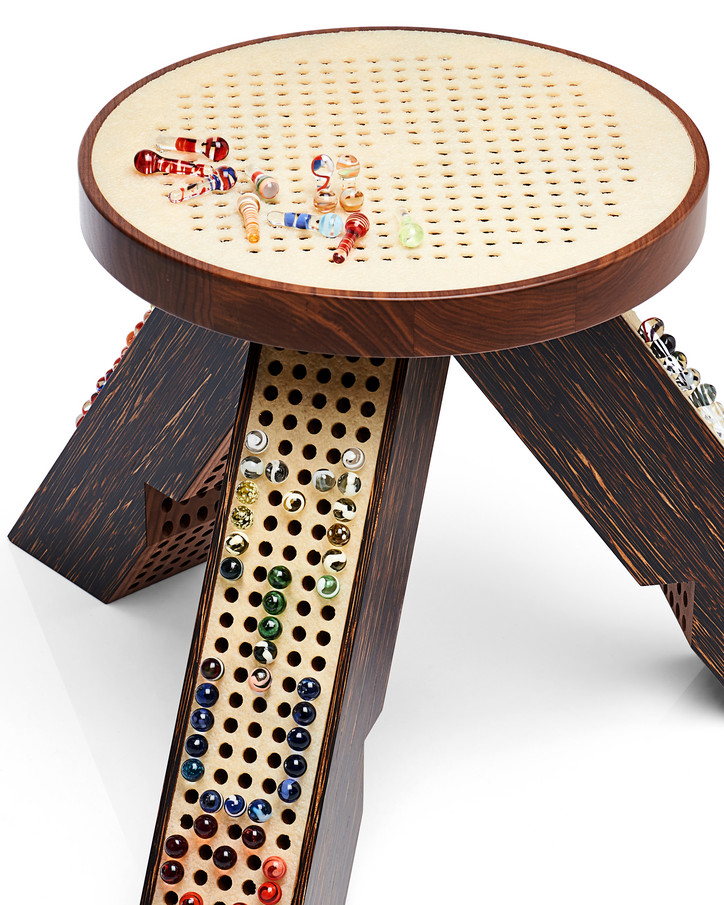
The Miu Miu M/Marbles Stool is available for purchase exclusively at the Miu Miu Miami Design District boutique and miumiu.com.
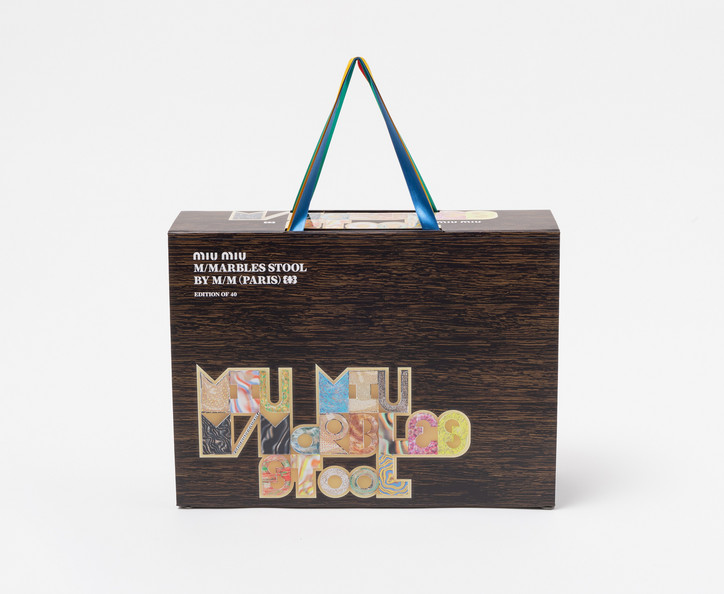
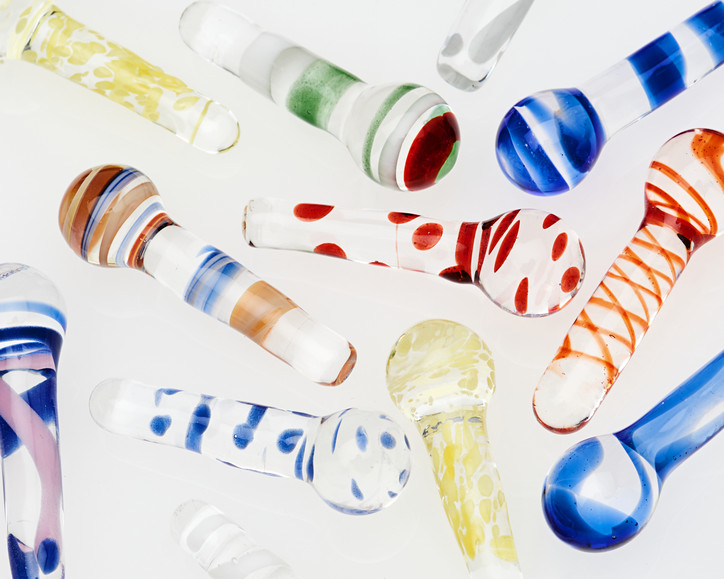
Stay informed on our latest news!

The Miu Miu M/Marbles Stool is available for purchase exclusively at the Miu Miu Miami Design District boutique and miumiu.com.


Gutierrez's groundbreaking three-gallery exhibition spanning three continents is on view until June 30th. RYAN LEE Gallery in New York, Fraenkel Gallery in San Francisco, and Josh Lilley in London will host distinct selections from the series, providing audiences with a glimpse into Gutierrez's artistic vision. Accompanying the exhibition is the artist's new book, APOKALYPSIS, published by RYAN LEE, offering an immersive experience into the rich tapestry of Gutierrez's artistry.
Gutierrez takes on the monumental task of portraying all 17 revolutionary figures herself, transcending conventional gender and cultural boundaries. From Aphrodite, the ancient Greek goddess of love and beauty, to Hua Mulan, the famed warrior of Chinese folklore, each character represents a powerful archetype that challenges established norms and offers a fresh perspective on the human experience.
Through her thought-provoking series, Gutierrez confronts us with questions that dig deep into the essence of power, symbolism, and truth. What is an icon, a cult image? What gives a symbol its power? How does culture influence and perpetuate systems of domination? These inquiries compel us to examine the historical context and the figures who have stood in opposition, shaping our understanding of the world.
While icons have traditionally represented humanity's spiritual ideals, Gutierrez's anti-icons defy the delusion of an inflated self-conception, refusing to conform to the limitations set by society. The anti-icon embodies unobfuscated femininity, revealing an encounter with genuine authenticity that transcends the superficial. In shattering the illusions perpetuated by icons, Gutierrez offers a revelation — a proclamation of clarity and truth that strips away the veneer of deception.
In a world that seems on the brink of collapse, Gutierrez's ANTI-ICON: APOKALYPSIS emerges as a powerful artistic statement. It reminds us that the world has ended before and will do so again, and within this cycle of destruction and creation, a new image of what the world truly is can emerge. Gutierrez's work resonates with the ethos of resistance, as creation becomes a powerful act of challenging the status quo and reimagining the possibilities that lie ahead.

Walk up that spiral staircase today, though, and you might find that there’s a crucial thing missing: the artist himself. It’s because Kulig is in Paris, where he’s been holed up for a year. He’d made the move in order to escape the hustle and bustle of New York City, and it’s a decision that has, at the very least visually, served him well — not to mention he’s settled down in a uniquely inspiring house, that has a living tree growing through its living room floor — save for the fact that he may have to settle for a second-best pepperoni slice. But a move across the Atlantic doesn’t necessarily equal a move beyond challenges; when you’ve made it as far as Kulig has, the challenges tend to be self-imposed.
“These sorts of pieces are much more intense to see and hear than most paintings I’ve ever seen,” he says, musing about works that attack multiple senses. “Which makes me think… is painting my medium? I’ve never actually questioned that.”
Few others have questioned it either. When Kulig first moved to New York City in the aughts, his infinitely-interpretable plea, “Love Me” — which, on the average downtown walk, you may find anywhere from the walls of large buildings to the pendants of pedestrians’ chains — went from being a neighborhood fixture to a global brand.
Though his beginnings were defined more by sprawling screenprinting and oil paint practices, the years following his move to New York saw him come increasingly into his own right as a multidisciplinary artist. Much like the jazz and Jack’s meows, another guarantee of his Lower East Side studio is eclecticism: one stroll down the expanse gives way to a ceramic sculpture of stacked boxing gloves about the height of a fifth grader, a Moschino piece he plans to wear in a performance piece in the near future, and a set of hefty pink-hued canvases from a recent series he did. All of which are very fun obstacles, should a certain cat be inclined to turn the studio into a funhouse. On a recent Zoom call with Kulig, with his two new Parisian kittens popping in and out of frame, we talked about art and the American Dream, geography, and the concept of rigor mortis.
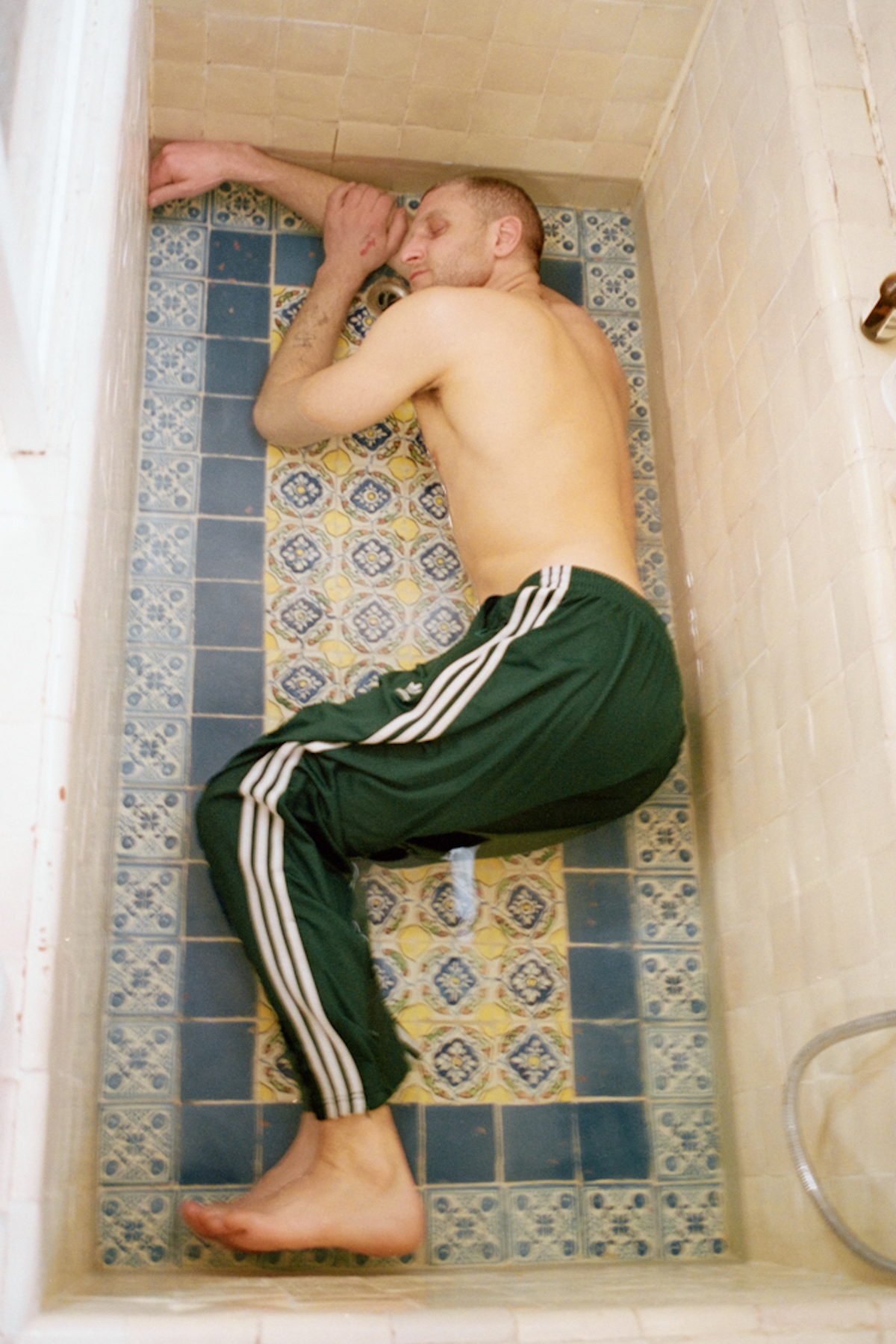
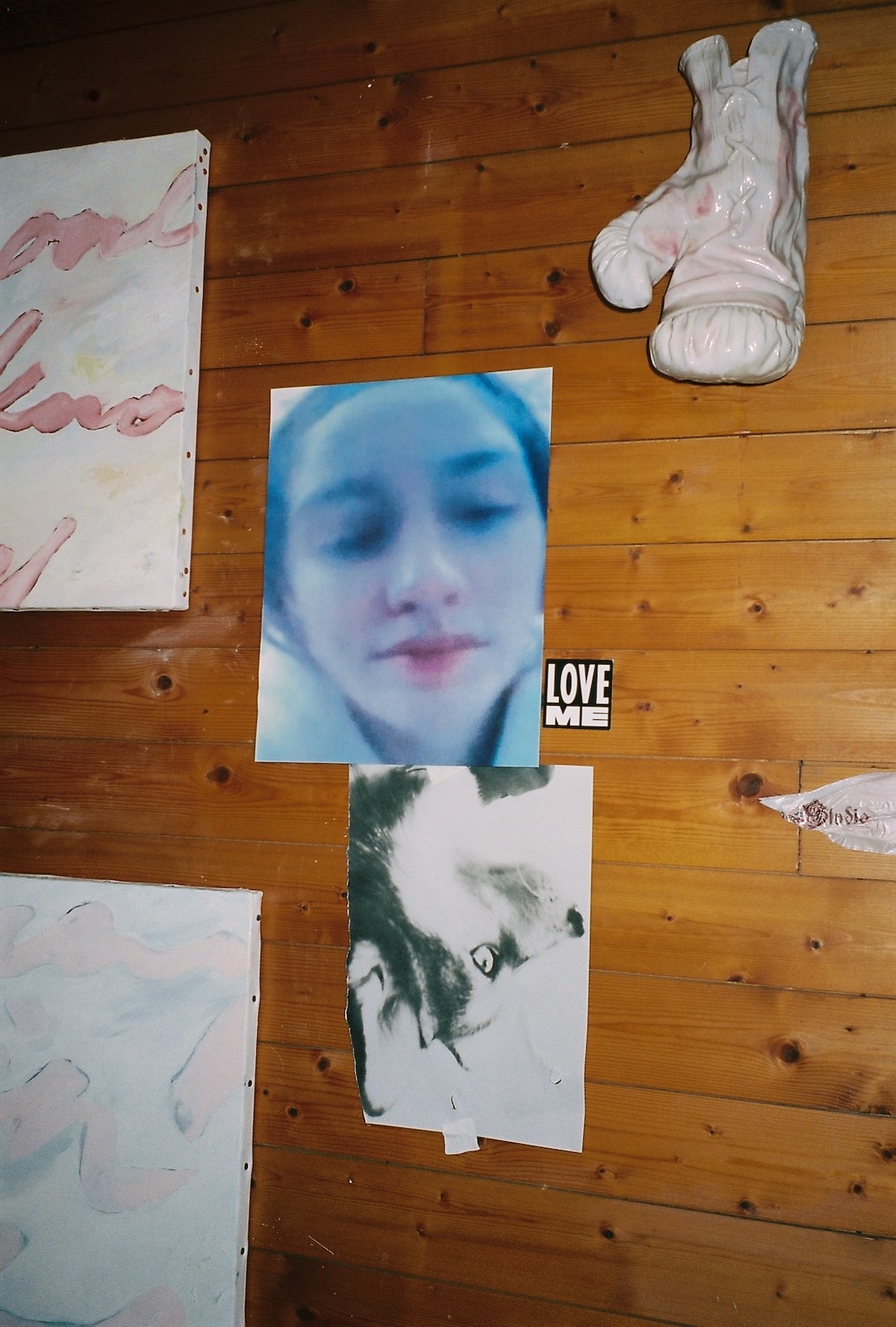
CURTIS KULIG— It was only when I took the time to understand the layout of this studio that I thought to myself, “Oh. A cat would love this.” Trees and stairs and platforms everywhere… It's basically a giant cat house.
SAMUEL HYLAND— Your studio in New York is, too.
CK— Yeah. And the rooftop with the trees and birds and shit… perfect for Jack. But yeah. There’s two of them [new kittens]. One is Rigor Mortis — do you know what rigor mortis is?
SH— It’s like a stiffening of the body after death, right?
CK— Yeah. It’s a crazy concept. It really is. I think there’s a timeframe for it after you pass. Probably like six hours after.
SH— Why would you name your cat that?
CK— One of my friends was talking about it, and I thought it was such a great name. I like the combination of Rigor and Mortis, but Rigor alone could be cool, too. And he also kind of looks like a Rigor Mortis. The other one is named Napkin. So just like that Rigor Mortis and Napkin came together in a weird way. Rigor Mortis fell in the bathtub the other day, with the water in it. The thing is, with Jack, I never had any drama. He was from the street. These cats, I’ve had for maybe three months, and I’ve brought them to the vet like six times. They’re bourgeois cats. Anyway, Rigor Mortis fell in the bathtub, and he was barely breathing when I took him out. It was so dramatic. I thought, “Maybe I shouldn’t name my cat Rigor Mortis.” Have you been to Paris before?
SH— Nope. Tell me about it.
CK— They say the layout of Paris is like a snail. The middle is the first district, and then it sort of spirals outward to create the shell. I think of it as a large-scale West Village. West Village is probably one of the only areas in New York where I can get lost. But the whole city of Paris is like that. You make one wrong turn, and you’re somewhere completely different than where you intended. I used Google maps for the first bit that I was here. And I always wear headphones on my walks, because interestingly, I feel very anonymous here. In New York I can’t make it a block without a run in. Here I can walk around here, and sure, I’ll run into somebody I know sometimes, but much less in New York. In New York, I never go outside with headphones in. Here, I never take them out.
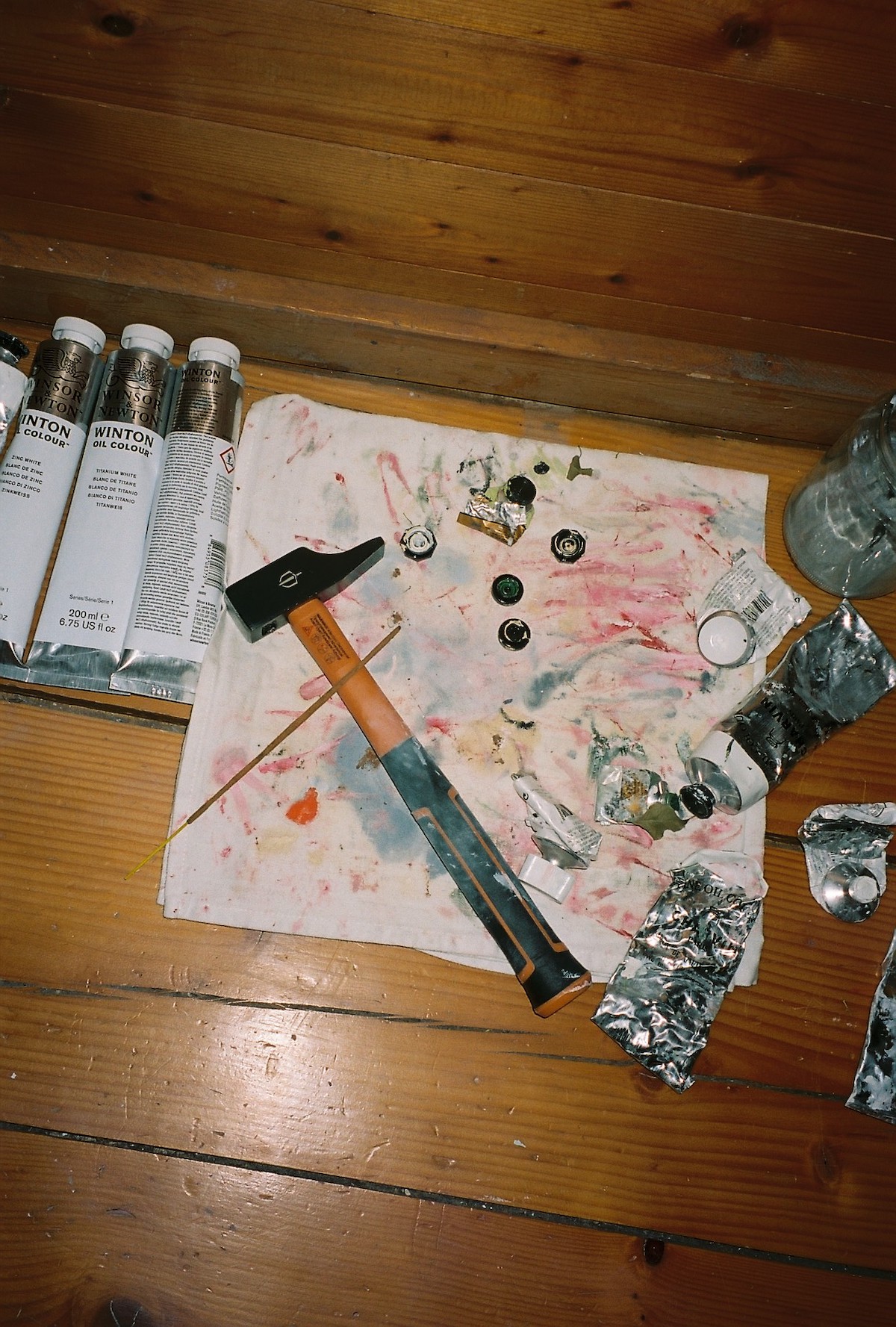
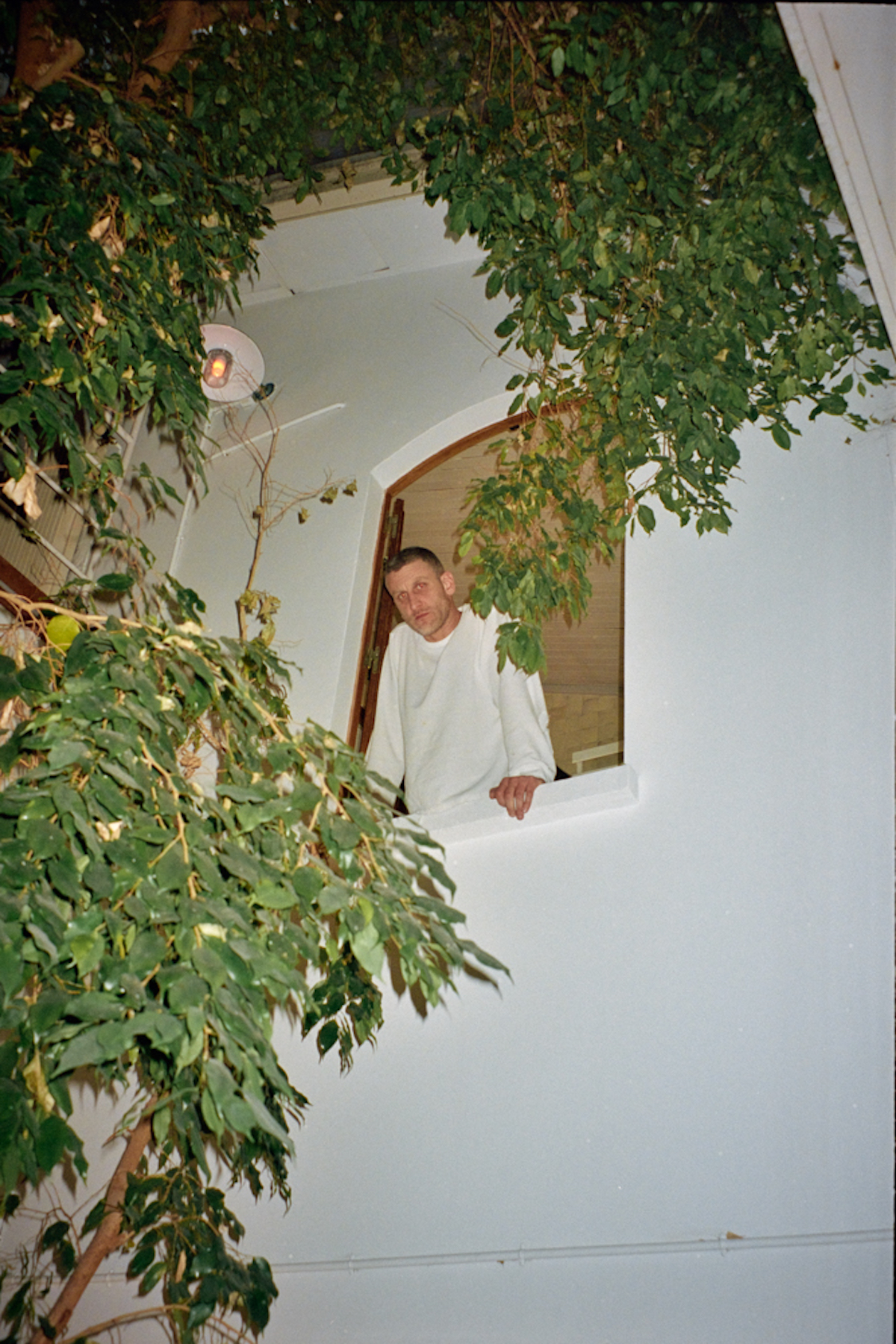
SH—Music is always playing at your studio –at least in New York. Why?
CK— There’s so many songs that I listen to repetitively. I’m such a repetitive listener. If I get, like, four songs that I feel a certain type of way about, I can’t stop. Especially for painting. For painting, I either do complete silence, for the serene experience of hearing the brush and paint move — did I just say that [laughs] — or jazz. I’ve been into Ethiopian music as well. But I’ll listen to the same song 25 times in an hours. It informs these movements that I want to keep accessing, so I use the music to reverberate what I’m doing.
SH— I feel like you’ve probably answered the New York/Paris question a ton of times, but a specific thing I wonder about is the foot traffic. Do you find it significantly different in either place?
CK— It took me leaving the New York bubble to realize how much of a circus downtown really is. I miss that energy. It’s a free-for-all. Say what you want to say, walk where you want to walk, cross the street when you want to cross the street, wear fucking angel wings, who cares. But also, it’s a complete circus in the most organized way. It’s such a beautiful thing. It’s where you go to do whatever you want. And I feel like I’ve always known it subconsciously — all the cliche stuff like, anything’s possible in NYC… the melting pot. But it’s so cliche because it’s so real.
SH— You briefly came back from Paris late last year. I imagine that must have been some crazy whiplash.
CK— I came back for a month. Life shouldn’t be about how much you can get done and/or how quickly you can get it done, but me working in New york for a month I didn’t even accomplish in ten months of being in Paris. There’s this weird sort of blasé tone. In New York — or maybe in America — there’s this odd take on the American Dream, where “you live to work.”
SH— Where would you say you naturally fall? Working to live, or living to work?
CK— I live to work. But with that said I’m an artist. It’s not really work for me most of the time, it’s just kind of my existence. All I do is make art, and if I’m not making art, I’m still making art. That’s what I think I’m here for. That’s what comforts me.
SH— Ending on a vague note — but what’s the plan?
CK— The plan is to keep making work that I feel needs to be made. Work that feels thoughtful right now, feels right with what's been done in the past and work that will feel relevant in the future . I think the more honest I can be with myself about that, the better I’ll feel.
Also, just making the world a better place. Which might sound as generic as it gets… but also maybe not so generic. The world would be much better if as many people actually did it as the amount of people that say they want to.
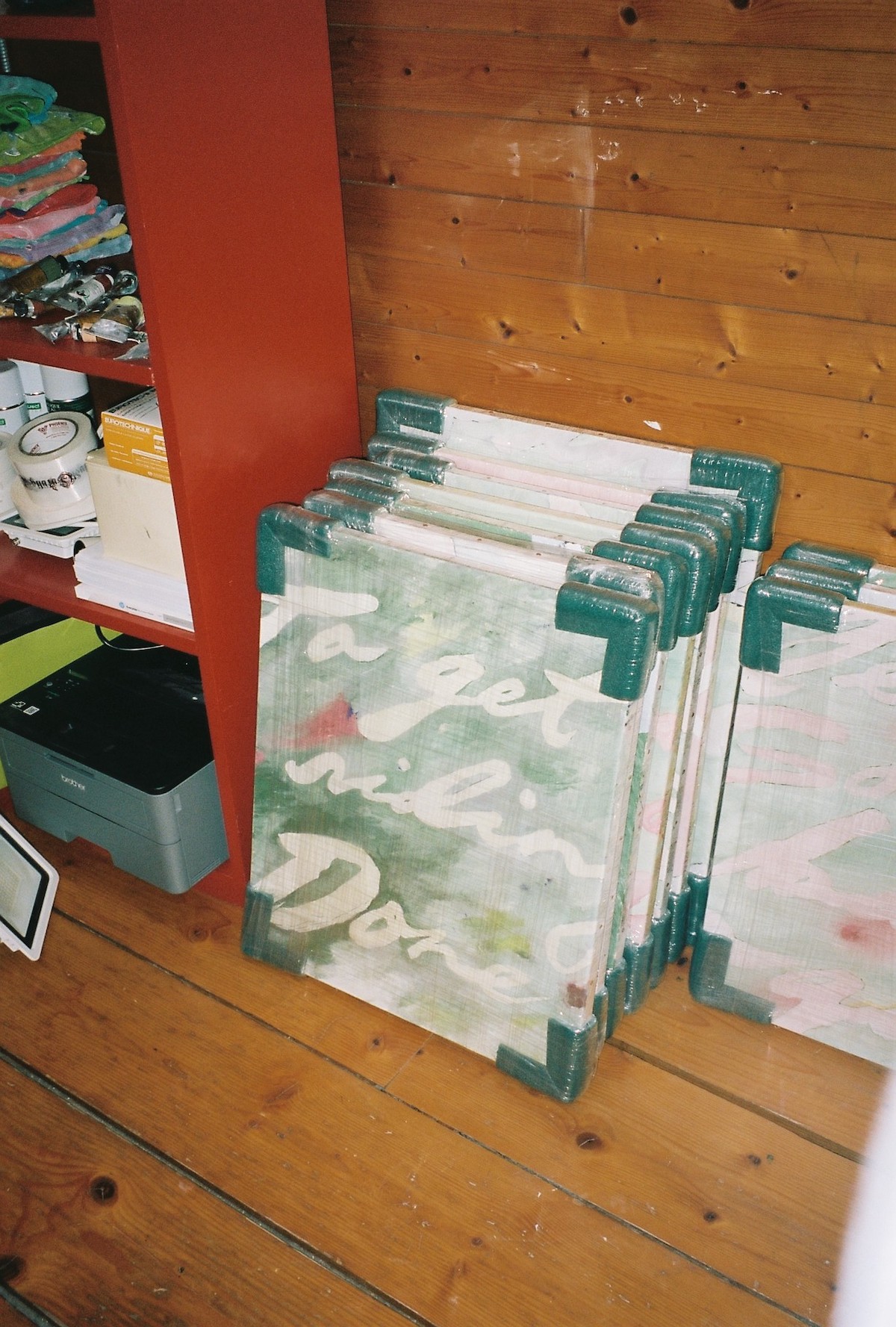

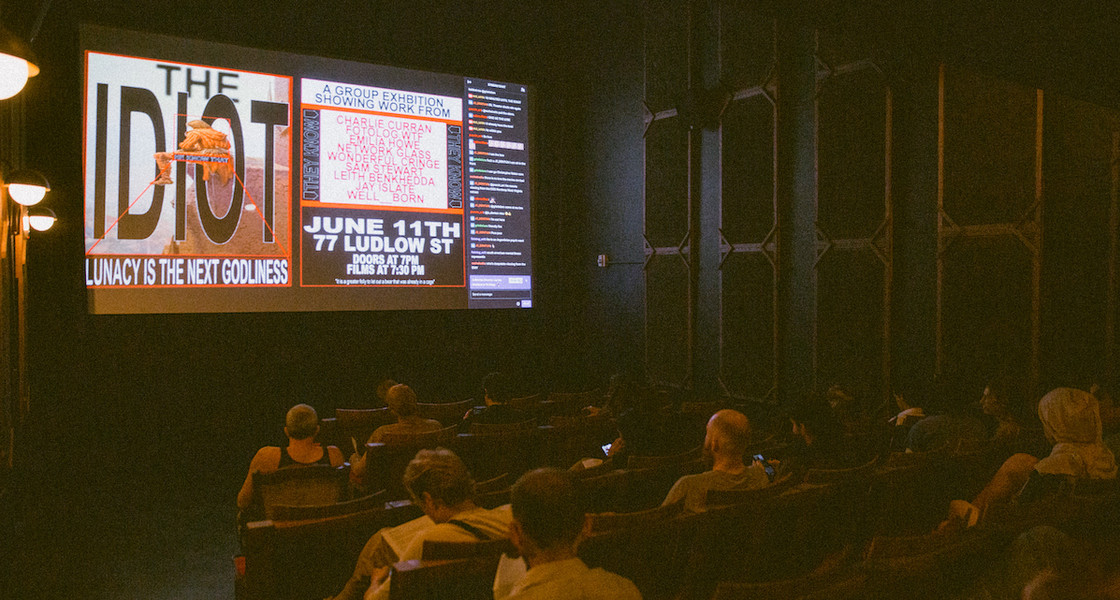
Among this corner of the internet, one where reposted images are manipulated until overprocessed and abrasively sardonic until no longer decipherable, a new type of artist has risen. These hyper-online artists create work that explores living during dreadful times in a saturated digital world. On Sunday evening, thanks to the help of Metalabel, their work went from smartphones to the big screen in new film The Idiot. Co-founder of Metalabel, Yancey Strickler, explains, “The film shows the power that comes when a group of artists with a similar worldview release work together. A wider perspective, bigger than any individual piece, emerges when a shared context brings work into dialogue.”
Curator and media artist Jay Islate created The Idiot, inspired by Byung-Chul Han’s Psychopolitics: Neoliberalism and New Technologies of Power — specifically the quote, “One of the roles of philosophy is to play the fool or idiot.” The hour-long film exhibition features work by Charlie Curran, Emilia Howe, Wonderful_cringe, Domonique, Network Glass, Sam Stewart, and Leïth Benkhedda. Alongside the videos, a Twitch chat was displayed for people who couldn’t make it, and many people from the intimate audience joined as well. It became a virtual fever dream for people who were in on the joke. They laughed at the same parts and trolled one another in the chat.
The Idiot works best at exploring our physical self’s relationship to the internet. Leïth Benkhedda’s “The Internet of Friends” contribution tells narratives through pictures made on Whisper via viral Tumblr posts and kitschy stock images. One shares a transwoman's experience about finding tranquility in her identity after posing as different characters in chatrooms; another recounts finding love and community in World of Warcraft. Emilia Howe created screenrecordings of herself dancing to popular Tik Tok songs amidst existential thoughts and cutesy filters.
However, when mentions of 4chan, autism, r/, god are used and someone has the user “uralldasha,” the exhibition can feel a bit edge lord-ish. I understand this objective may stem from the nihilistic undertone tone that characterizes our current cultural epoch, but provoking for the sake of provoking is a poor foundation to base politics on. It’s the exact ideology that big data and capitalist society urge us to fall into, a culture of submission. A clip of someone setting their phone on fire over a compilation of low quality memes with an “Everytime We Touch” nightcore remix playing ends the exhibition, allowing us to imagine one day we will have that strength. But that day is not today. So read on for a dummy guide to this glitched-out subculture of art, memes, and the deep, dark web from Jay.
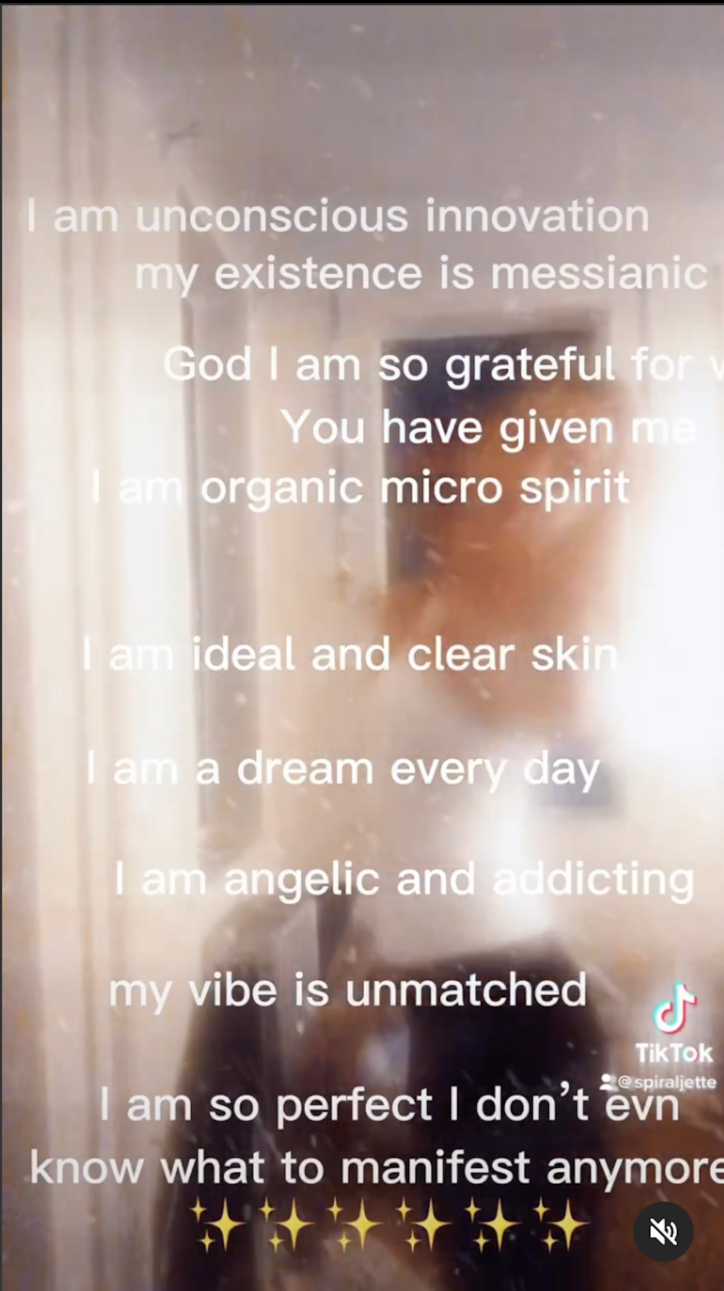
To start, can you tell me a bit about psychopolitics and why it interests you?
One of the main ideas within the book is how neoliberalism has discovered the productive force of the psyche. Much of this force comes through the utilization of algorithms and big data and its attempt to homogenize both emotion and expression. For me, this instantly draws on the idea that due to this homogenization and conformity, many of the conversations and ideas challenging/questioning these ideological and aesthetic powers are occurring within online spaces.
Another reason this book resonates so much is due to its prescient nature of insight and theory. Written in 2017, a year into Trump’s presidency and years before COVID, the ideas have maintained a timely relevance and have even predicted much of what we have come to experience — both online and in person. In today’s information overload, I find this resonance incredibly compelling and inspiring.
What do you think led to a deep-fried internet?
The sheer amount of information posted and seen. It’s truly incomprehensible. Then all that information gets exponentially compounded within memes, Tik-Toks, or any other form of content. It’s a sure-fire recipe for internet rat brain, which isn’t necessarily a bad thing.
One of my favorite things is seeing a story or post that has literally been screenshotted, remixed, or added to until the post is an illegible artifact of social spread/connection/interaction. It’s like playing the game telephone but with a picture. Still the exact same image but different by the “end.”
Why do you think this aesthetic works as a medium for political art?
Mainly just due to the fact that it operates on such a different spectrum aesthetically. Some of these videos contain so many images and videos that they are almost incomprehensible. They are also in direct defiance of fitting within the algorithm. It sort of feels like a direct confrontation with creating art for capital/economic success. That’s where I believe the magic comes from being able to create and express yourself with utter freedom. This freedom is sort of a pipe dream but also one being made possible within contemporary digital mediums. Almost everyone has a smartphone, what else do you need for a studio?
How do they navigate our current world — both online and off?
With love.
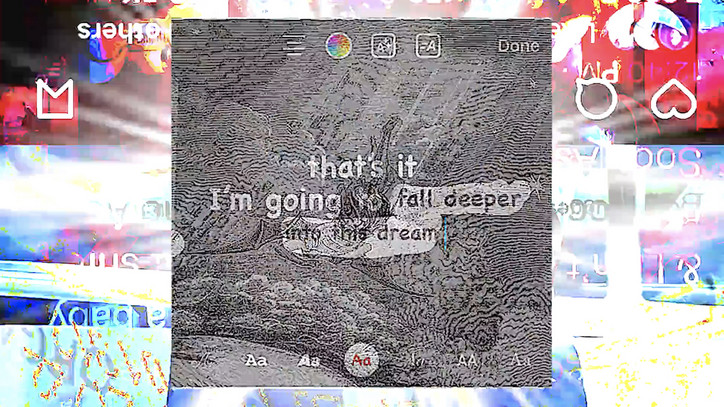
Is there a certain literacy someone must have to understand this form? If so, how can one develop it?
With much of online culture and the internet in general, there is a necessary visual literacy needed to navigate and understand the firehose of images we all see. Taking any form of content at face value is essentially an admittance of illiteracy in our modern age.
The world is nuanced; ideas take time to process. It’s okay to feel stupid. For me, half of exploring all this is this constant feeling of being dumber than the rest, but that’s sort of how learning goes. With this being said, it takes time and also effort. Brad Troemel is sort of a master at satire that highlights how little time or effort we put into processing ideas/images. Then I guess it sort of goes without saying but, spend time online. Find your dark forest or interest then follow it until you find something else worth exploring. It’s all a cycle, and everything is way more connected than you expect.
How did you initially come across this community of artists?
I’ve met and found all of the artists through various online communities I’ve stumbled upon and have followed. Up until a few weeks ago, I hadn’t even met anyone in person. I only know some of the artists by their social media handles, which is pretty cool to me. As I mentioned earlier, many of these online communities and people (at least within this sort of NYC/art/literary/meme admin scene) are only separated by what feels like less than 1 degree of separation. It’s truly incredible. Through these online platforms, we can sort of foster a “small town” vibe within a huge urban area.
In what ways does this current iteration of post-internet art differ from the one that emerged in the early 2010s?
I wasn’t really around or involved in the art being made on the internet then, and anything I know now has been found through research or discovery. It’s all viewed with this sort of nostalgia for the “old internet.” One thing now that seems different is just the sheer amount of people online and posting. The lines between everyday life and life online are blurrier and blurrier. Much of the work from the 2010s was constrained by desktops and ethernet cables. Now all of that is in our pocket, so naturally that’s going to have quite an effect on the work being made now compared to then.
This is just pure conjecture, but I feel like how we post is different. With early Myspace and geo-cities, these pages were sort of a new extension of expression. With social media being less of a tool for expression and more of a proof of existence, we are confronted with the reality that our digital existence signals proof of our physical existence.
If all of our memory is built on a digital record and you don’t post, do you exist?

How does this form of art relate to shitposting?
Personally, I don’t feel comfortable really tying any of these works to the idea of “shitposting” as a concept or action. All of this work was chosen because of its artistic merit and the ideas behind the pieces. Basically, I just don’t lump these works in with memes. It feels important to make that distinction.
That being said, visually, there are definitely connections. Specifically within the use of memes and memetic imagery. Unlike shitposting though, many of these images are used as a personal expression or intrinsic look into personal identity. Images and ideas can hold so many different meanings upon appropriation and remixing across the internet. Many of the online webs and nodes are connected by meme pages with admins who most definitely are shitposters. But meme pages and admins are just different types of online residents. This showing is about the artist making work responding to all of these online residents, contents, and life online (not that it’s much different than life “offline”).
Why did you partner with Metalabel for this exhibition?
I’ve gotten to know several members of the Metalabel squad over the past year or so. Much of this connection was driven by a shared deep curiosity about subcultures and their modern interpretation within online spheres.
What does the context of the Metrograph — a theater in Dimes Square, a microneighborhood basically created online — add to the exhibition?
The whole Dimes Square thing has been such a fascinating example of a subculture starting online and then searching for a place to latch on to in order to devirtualize. Did that need to happen to validate the community’s existence? Not really, but it certainly helped it export its ideas, aesthetics, and lore into the world.
That’s sort of the idea behind the theater and displaying this work. I want to get as close to being inside the timeline as we can. It’s attempting to work in reverse and ask people to virtualize their existence. Become a part of the Discord server. This work doesn't need to devirtualize. There’s not much of a difference between those two states anymore anyway.
It’s also worth noting how incredibly lucky we are to be in a city that is so large that it can support these online subcultures and also offer neighborhoods, bars, and venues for these scenes to linger in. A place or space for connection is key within any subculture.